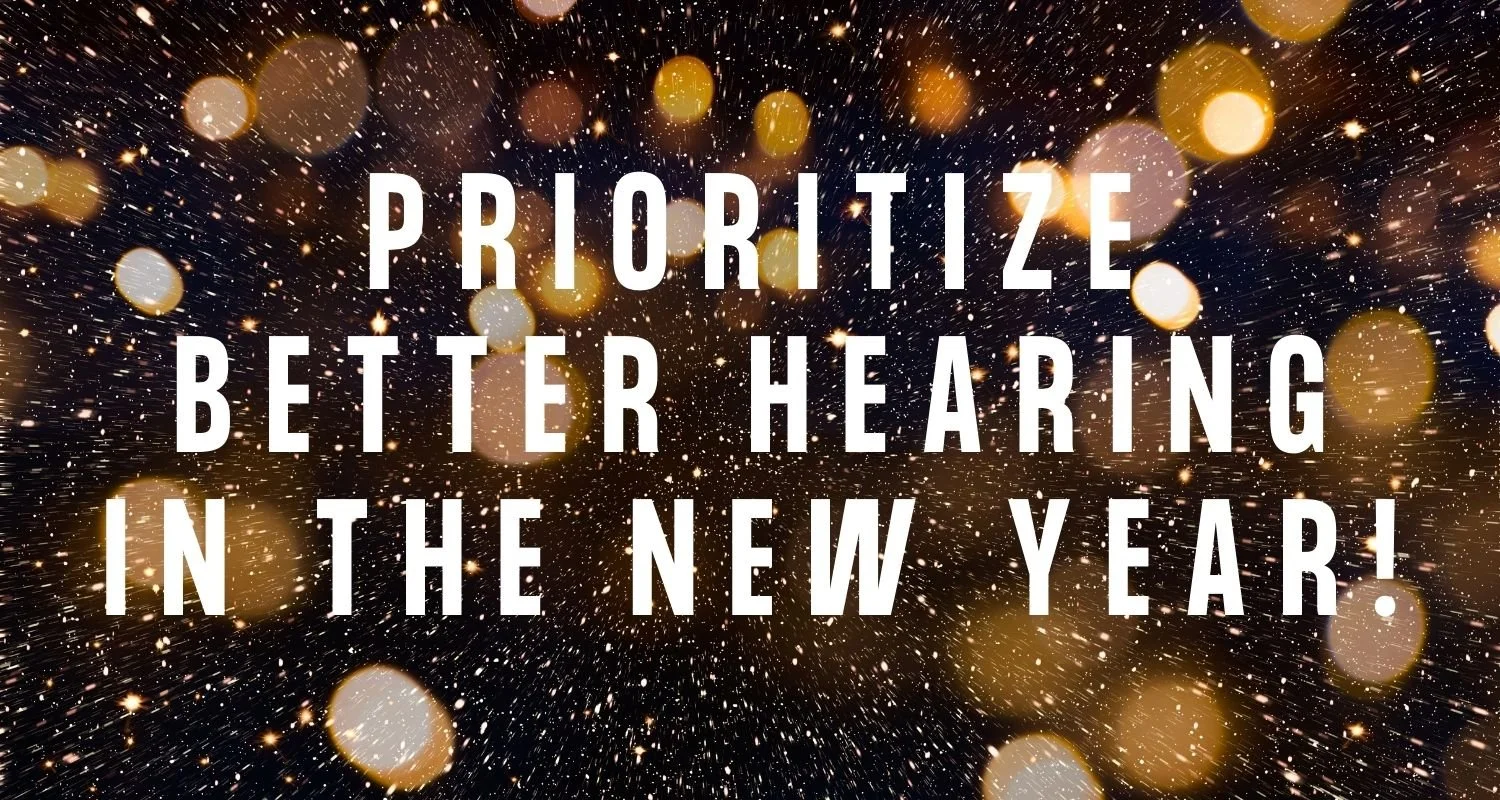Since 1972, the American Speech-Language-Hearing Association (ASHA) has been recognizing May as Better Hearing and Speech Month (BHSM). The goal is to spread awareness of communication disorders—such as hearing loss—in as many corners of the country as possible.
Name Under Consideration
This May might be the last year that BHSM is celebrated… Not because the work of creating public awareness of hearing and speech disorders has been thoroughly accomplished, but because ASHA is reviewing the name “Better Hearing and Speech Month!”
BHSM has gone by this name since 1972, making this the 50-year anniversary of the name, and ASHA has decided to consider changing it. To what?—No one knows!
If you have a suggestion for a new name—or if you want to encourage them to keep the current name—send an email to pr@asha.org.
Connecting People
The theme of BHSM this year is “Connecting People,” and we can’t think of a better theme for 2022! With isolation related to the COVID-19 pandemic finally starting to ease, we can all use a little encouragement to reconnect.
ASHA is focusing on the “breadth of services provided by audiologists and speech-language pathologists—with weekly themes tied to the settings where the public may access services.”
For each week, the settings are as follows:
● Week 1: Schools
● Week 2: Inpatient Settings
● Week 3: Outpatient Settings
● Week 4: Home (SLP) and Workplace (AUD)
Recognizing where we can take advantage of hearing- and speech-related services is an important part of getting the knowledge and resources we need to protect our hearing or treat our hearing-/speech-related disorders.
Safe Listening For Life
ASHA is promoting awareness of safe listening at all ages and across all life stages. The goal is to promote greater awareness of noise-induced hearing loss (NIHL), which is completely preventable but currently incurable.
NIHL was on the decline for a while but is making a comeback. While about 10% of Millennials have measurable NIHL, about 17% of Gen-Z’ers have it. This trend is especially alarming, considering that Gen-Z is the younger of the two generations. We might take note here that it doesn’t take long for NIHL to set in!
Staying Safe with Sound
Environmental sound levels at or below 70 dBA (decibels A-weighted) are safe to experience indefinitely. For reference, 60–70 dBA is about the volume level of a normal conversation. Sound that is louder than 80 dBA (adults) or 75 dBA (children) can cause hearing loss after about 8 continuous hours. As the sound gets louder, the safe time of exposure is reduced. At about 100 dBA, only 15 minutes of exposure can cause permanent hearing loss in adults. 100 dBA is about the average sound level at a high school dance.
Many of us have jobs that expose us to loud sound, where we (hopefully) wear hearing protection. But loud sound happens outside the workplace just as well. We may even have hobbies or pastimes that involve exposure to dangerous sound levels, where hearing protection remains just as important as at the workplace.
How to Protect Hearing For Life
Remember these tips and follow them, and they will set you up to retain your hearing ability for the long haul!
● Wear Hearing Protection: Whether it be earmuffs, OTC earplugs, noise-canceling headphones, or custom earplugs provided by a hearing care professional, it is always important to protect your ears whenever you are at a loud event. Even most movie theaters expose us to dangerous sound levels, so it’s a good idea to carry a pair of comfortable earplugs with you at all times.
● Download an SPL (Sound Pressure Level) App: There are free apps for smartphones that will give you a reading of the environmental noise in any given situation. This can help guide whether you need to protect your hearing or not.
● Keep a Distance: Try to stay at least 500 feet away from loud sound sources.
● Purchase Quieter Products: Quieter window air conditioners, electric leaf blowers, and other products are available in a “quiet” option.
● Keep the Volume at Half or Lower: With personal listening devices (PLDs) and headphones or earbuds, volume levels above half are generally dangerous.
● Take Listening Breaks: Every hour or so, find some peace and quiet to reset your aural equilibrium.
● Heed Warnings: If you start to hear ringing in your ears, have pain in your ears, or feel uncomfortable with the level of sound you’re experiencing, leave the area!
Have a great Better Hearing and Speech Month! Remember, if you want to acquire custom hearing protection, hearing aids, or if you’re just due for a hearing test, make an appointment today and use BHSM to take charge of your hearing health!







![[Hart Hearing and Balance Centers] Blog #1_ Don't Let Your Social Life Suffer Because You Can't Hear!.png](https://images.squarespace-cdn.com/content/v1/5967ce5a36e5d3690b09d1c2/1618854548429-FRBAZH1SW5IKFYDPC1AB/%5BHart+Hearing+and+Balance+Centers%5D+Blog+%231_+Don%27t+Let+Your+Social+Life+Suffer+Because+You+Can%27t+Hear%21.png)
![[Hart Hearing and Balance Centers] Blog #1_ How Treating Hearing Loss Can Help Your Relationships.png](https://images.squarespace-cdn.com/content/v1/5967ce5a36e5d3690b09d1c2/1612795177333-6R9TJIKN5PAISEBPD9KP/%5BHart+Hearing+and+Balance+Centers%5D+Blog+%231_+How+Treating+Hearing+Loss+Can+Help+Your+Relationships.png)